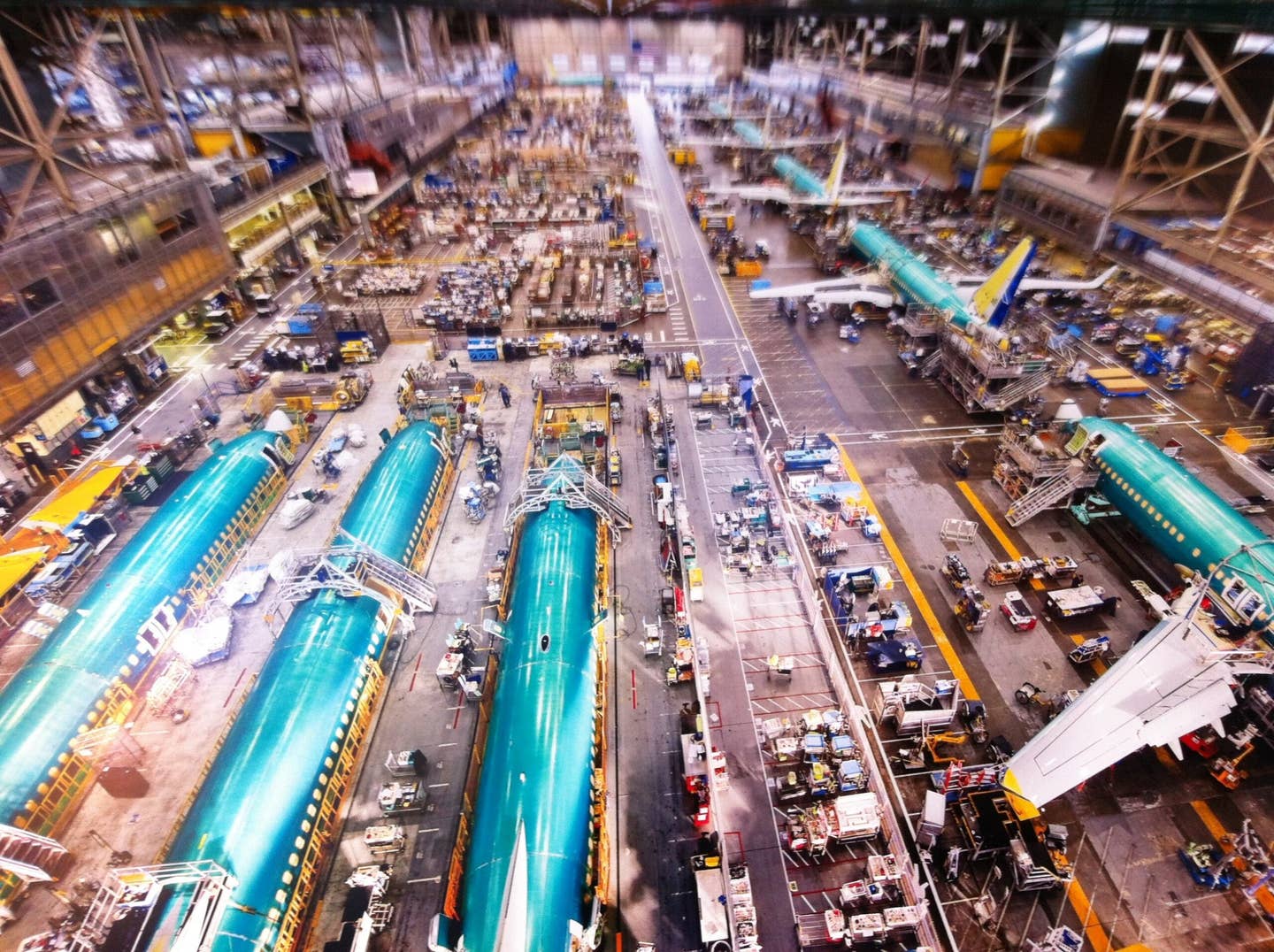Report Raps Boeing Internal Safety Oversight
While Boeing brass brag about the safety culture in the company, frontline employees who implement the safety processes aren’t getting the same message according to a report commissioned by the…

While Boeing brass brag about the safety culture in the company, frontline employees who implement the safety processes aren't getting the same message according to a report commissioned by the FAA. The report, done by a panel of experts in response to the fallout of the crash of two Boeing 737 MAX aircraft in 2018 and 2019, found "a disconnect between Boeing’s senior management and other members of the organization on safety culture." It also said the implementation of the safety culture at the company was "inadequate and confusing" and that the rules and the training to meet those rules are in "constant state of change, creating employee confusion, especially among different work sites and employee groups."
The report focused on the function of the 1,000 staff members with Organization Designation Authorization who have the legal responsibility to oversee safety standards on the shop floor. In addition to not clearly understanding their mandate, they also feared retaliation for speaking up, the report says. "This influences the ability of UMs [unit members] to execute their delegated functions effectively." The panel did note that Boeing had restructured management of the ODA but that members could still face retaliation through salary and ranking for booking holidays.






